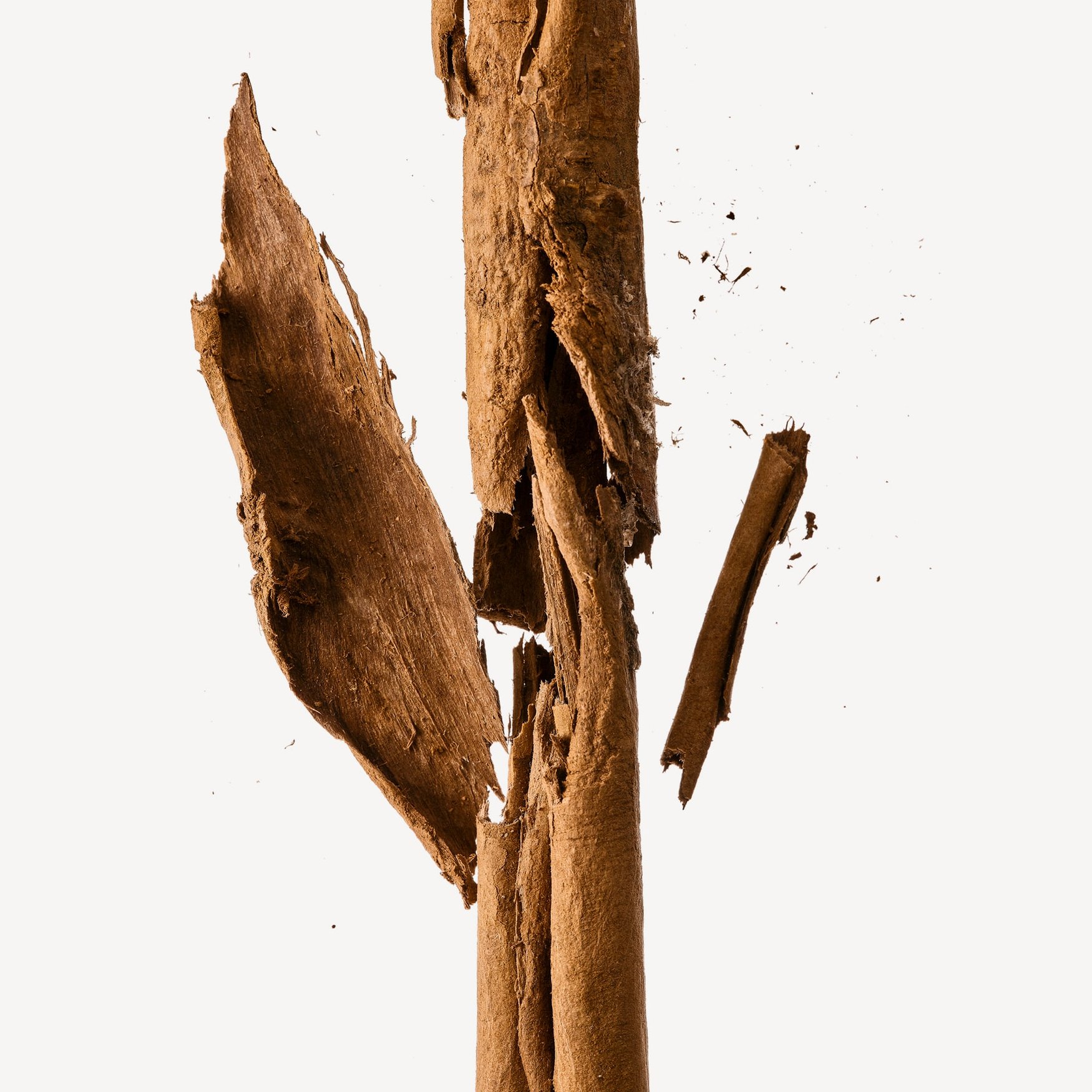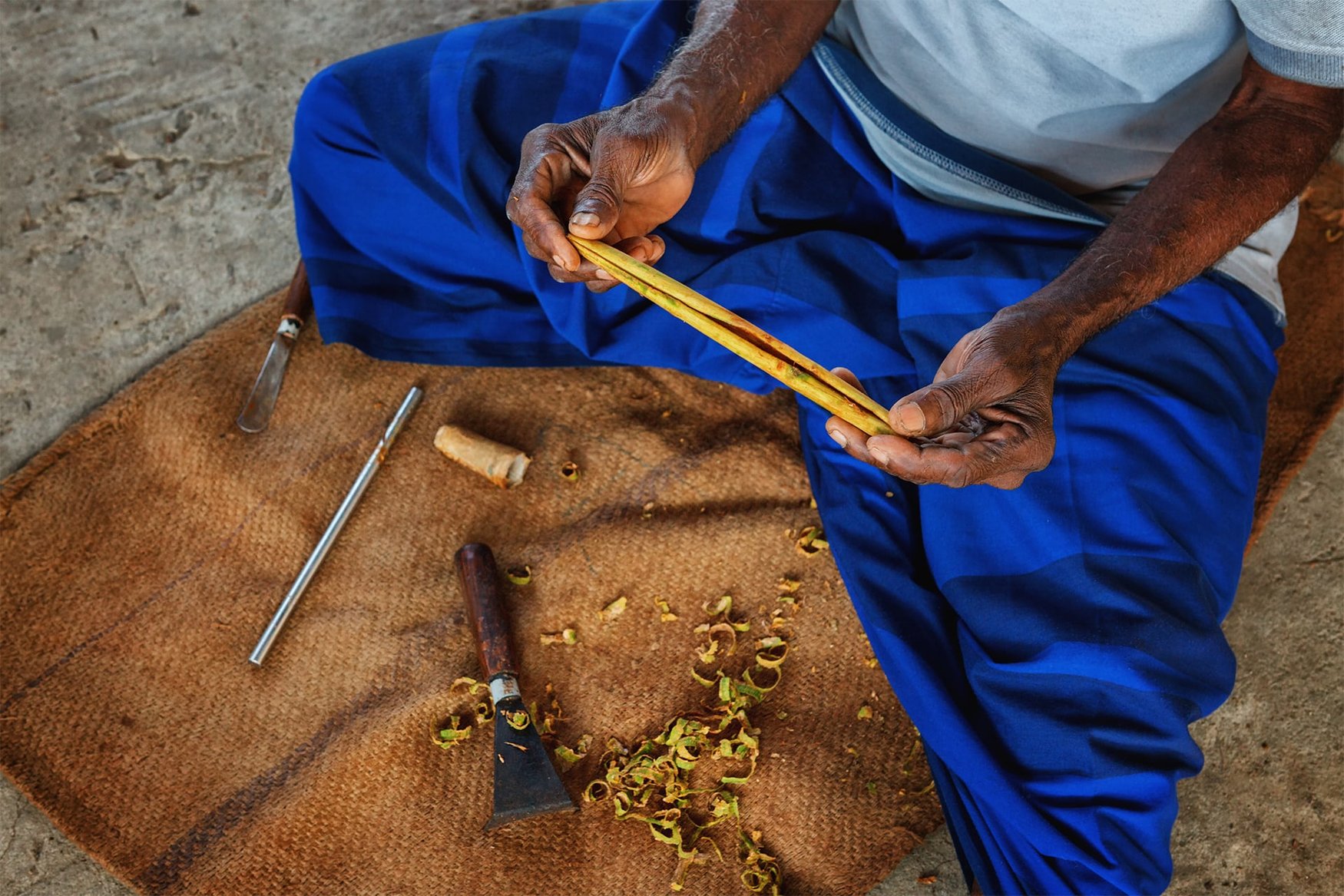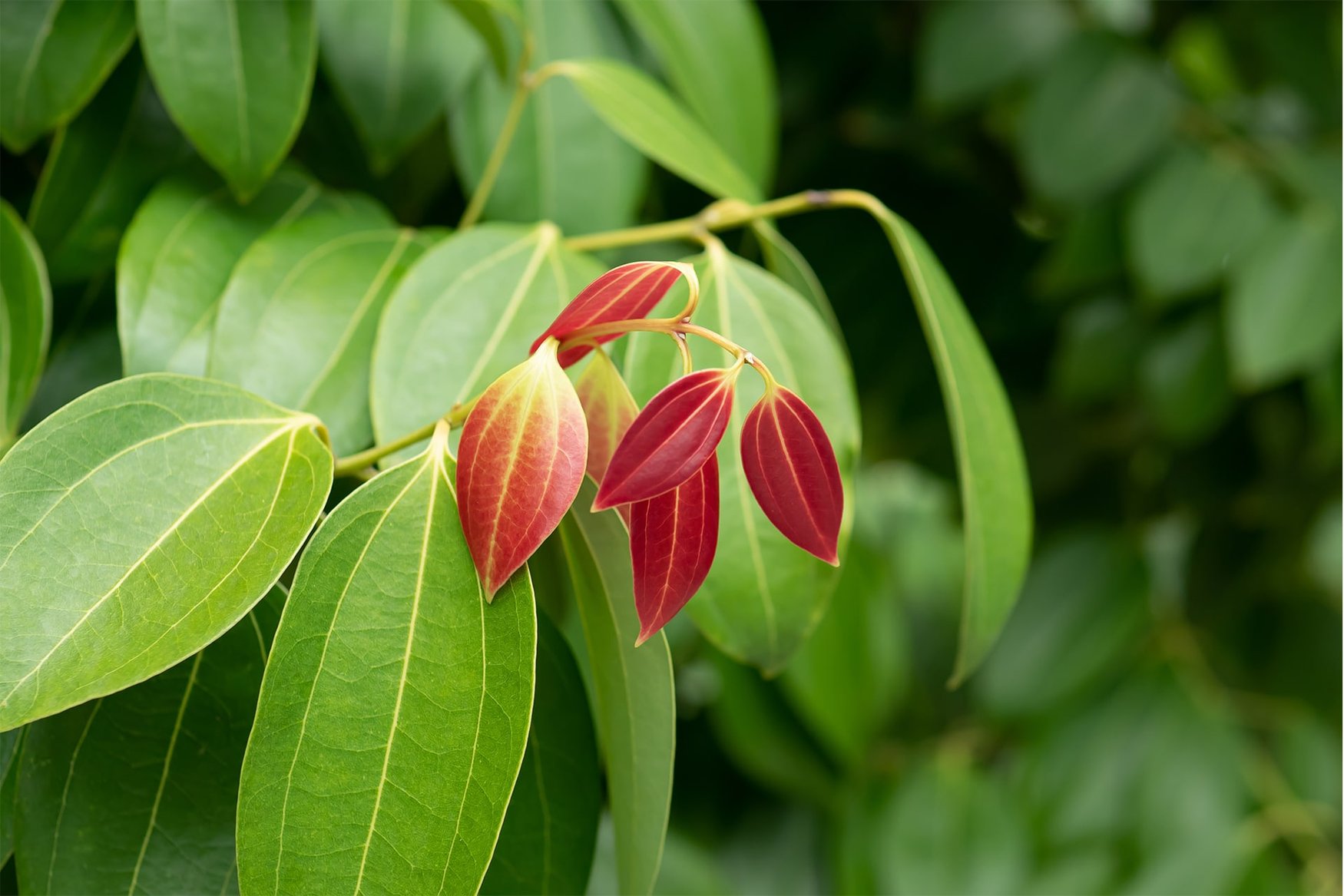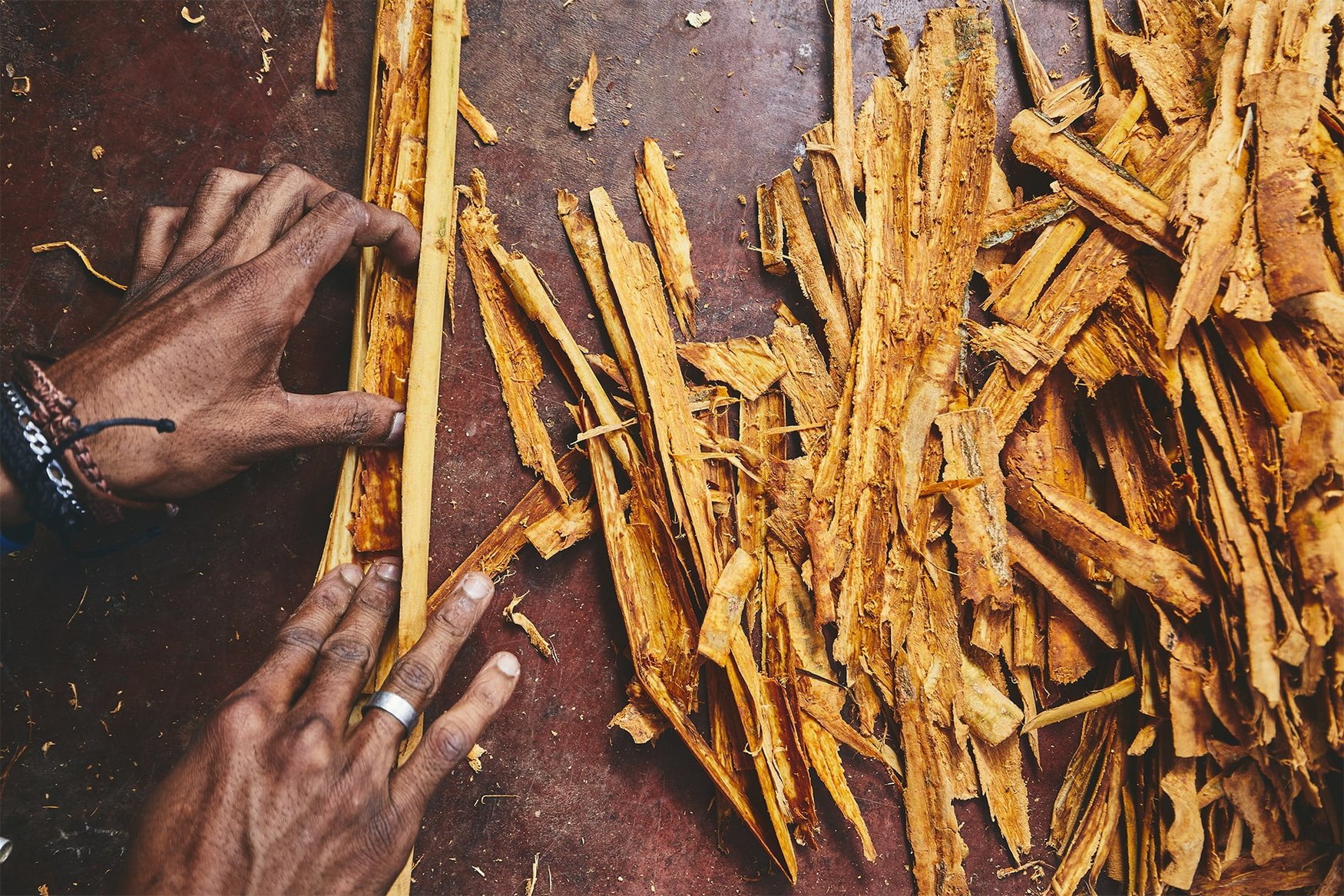Cinnamon
Spicy, tasty, mellow, fruity, peppery, pervasive, warm, soft.
A potent, penetrative scent of warm, peppery and pervasive facets. Cinnamon is adored for its ability to add a spicy flair to ambery and woody compositions. Lingering long after other scents have disappeared, cinnamon makes for a gorgeously sultry base note with its warm, soft and subtly sweet nuances.
Data sheet
- Type
- Extraction Method
- Used parts
- Natural raw material
- Steam distillation
- Bark





